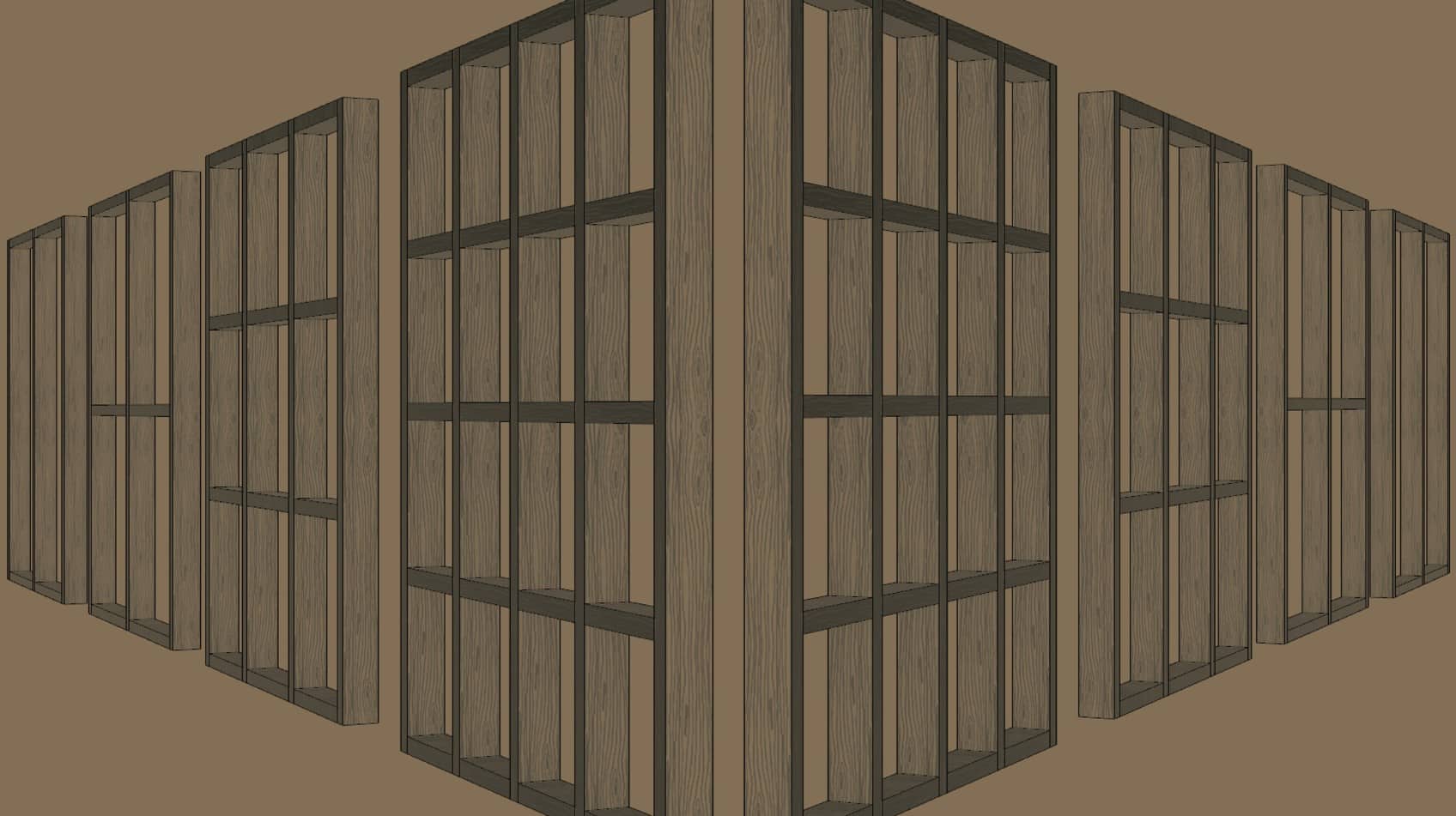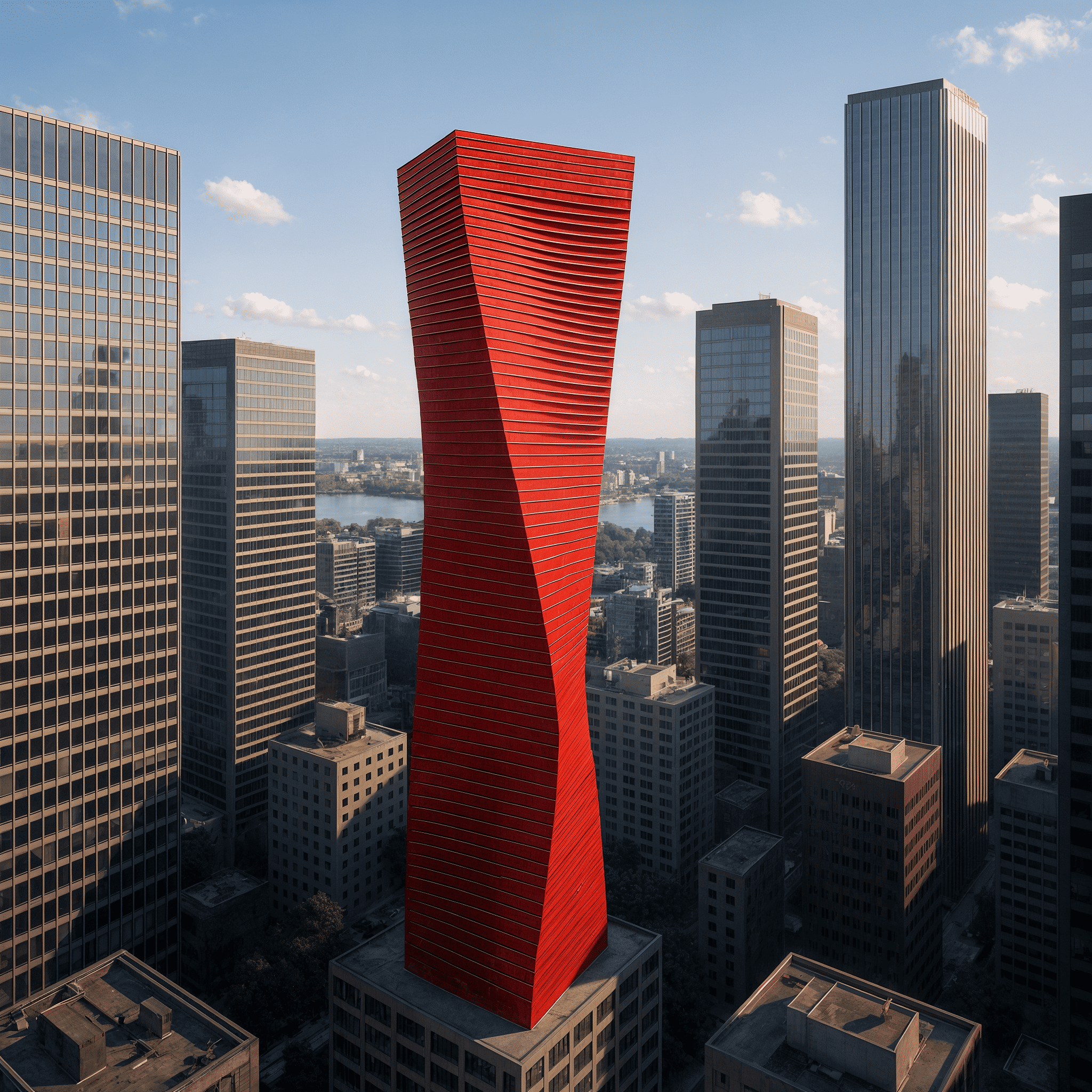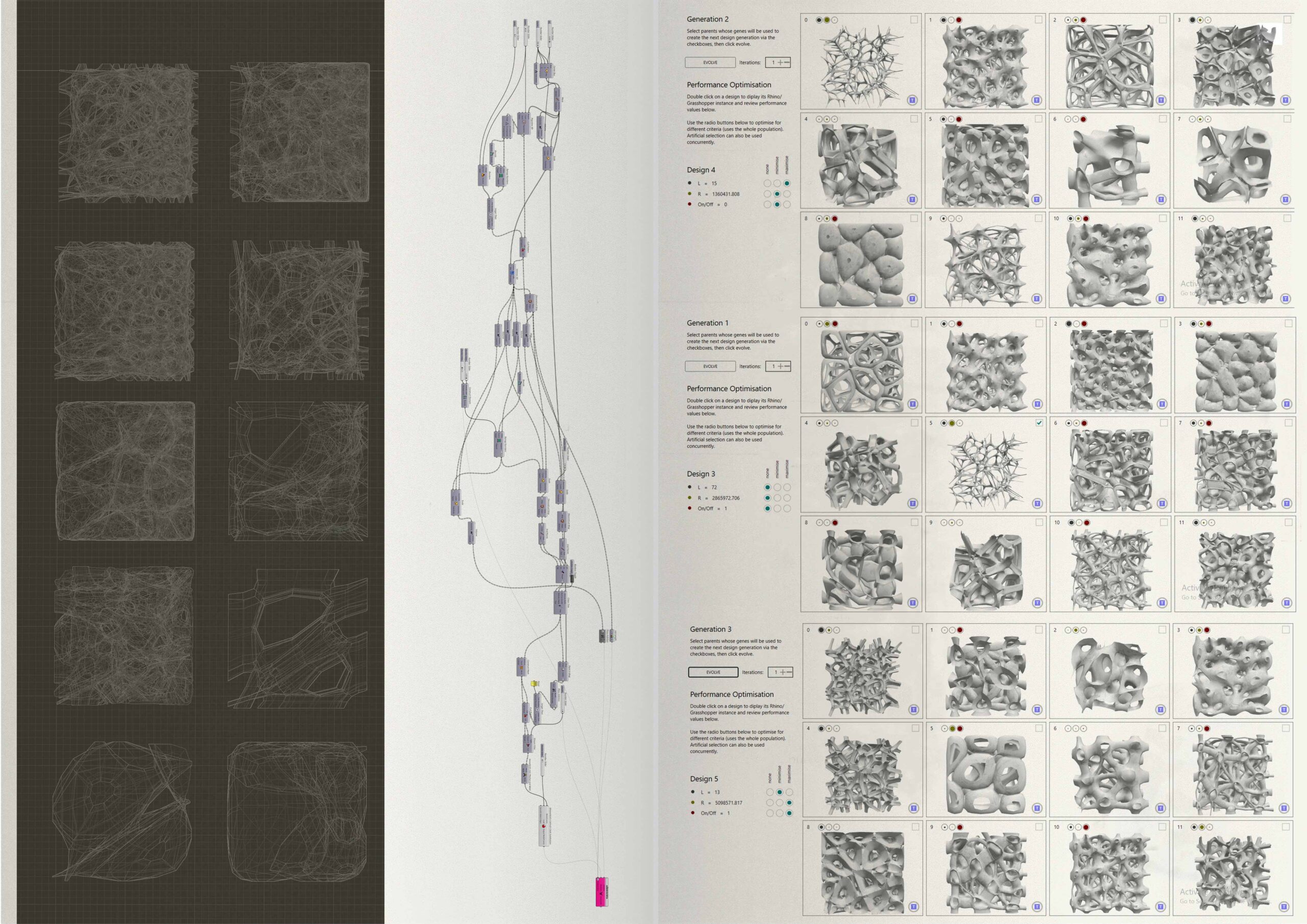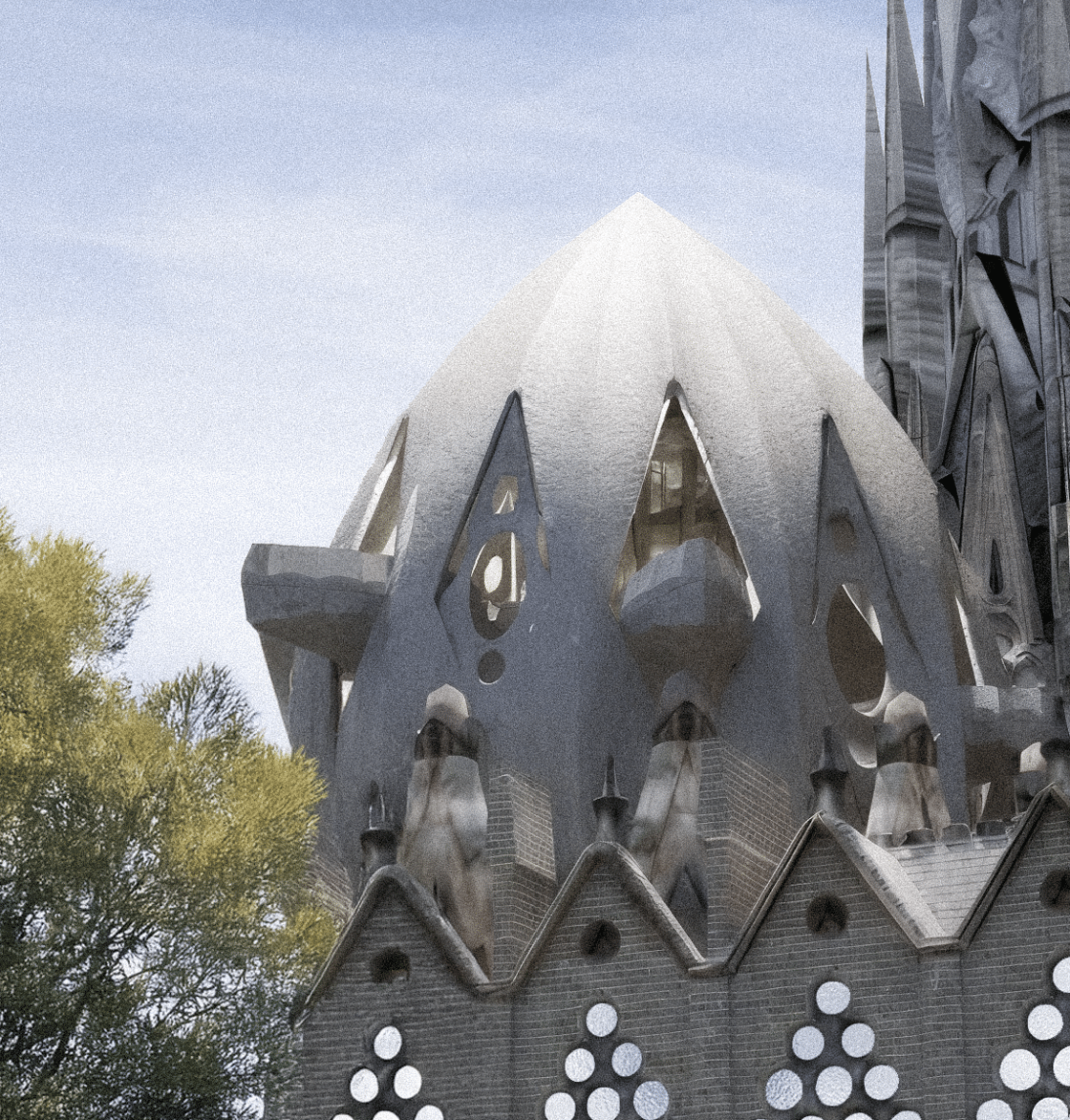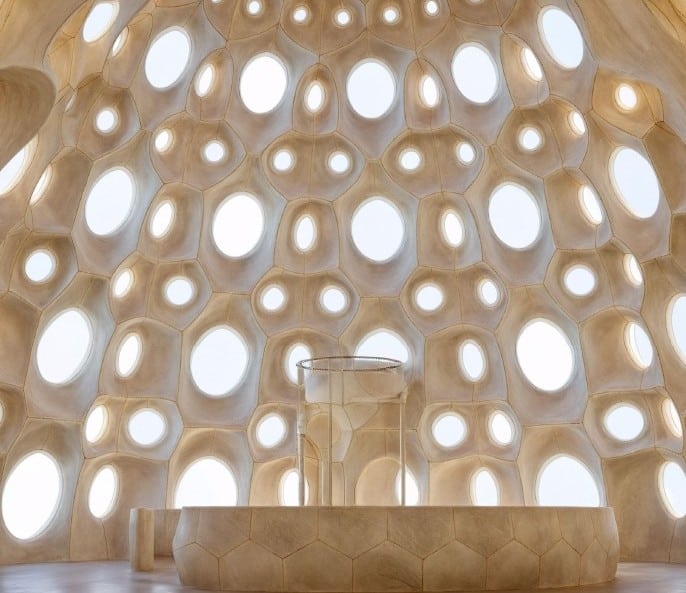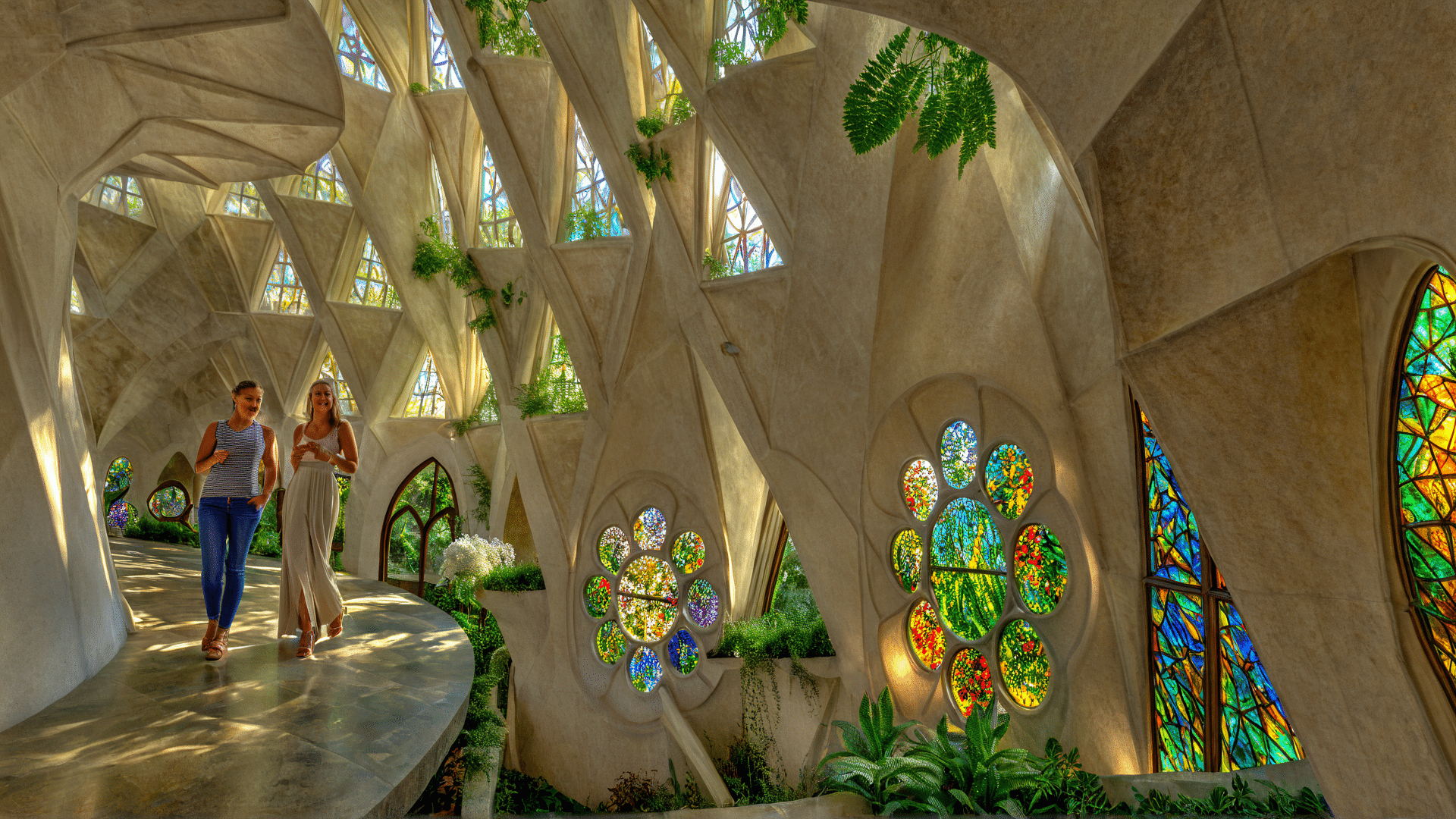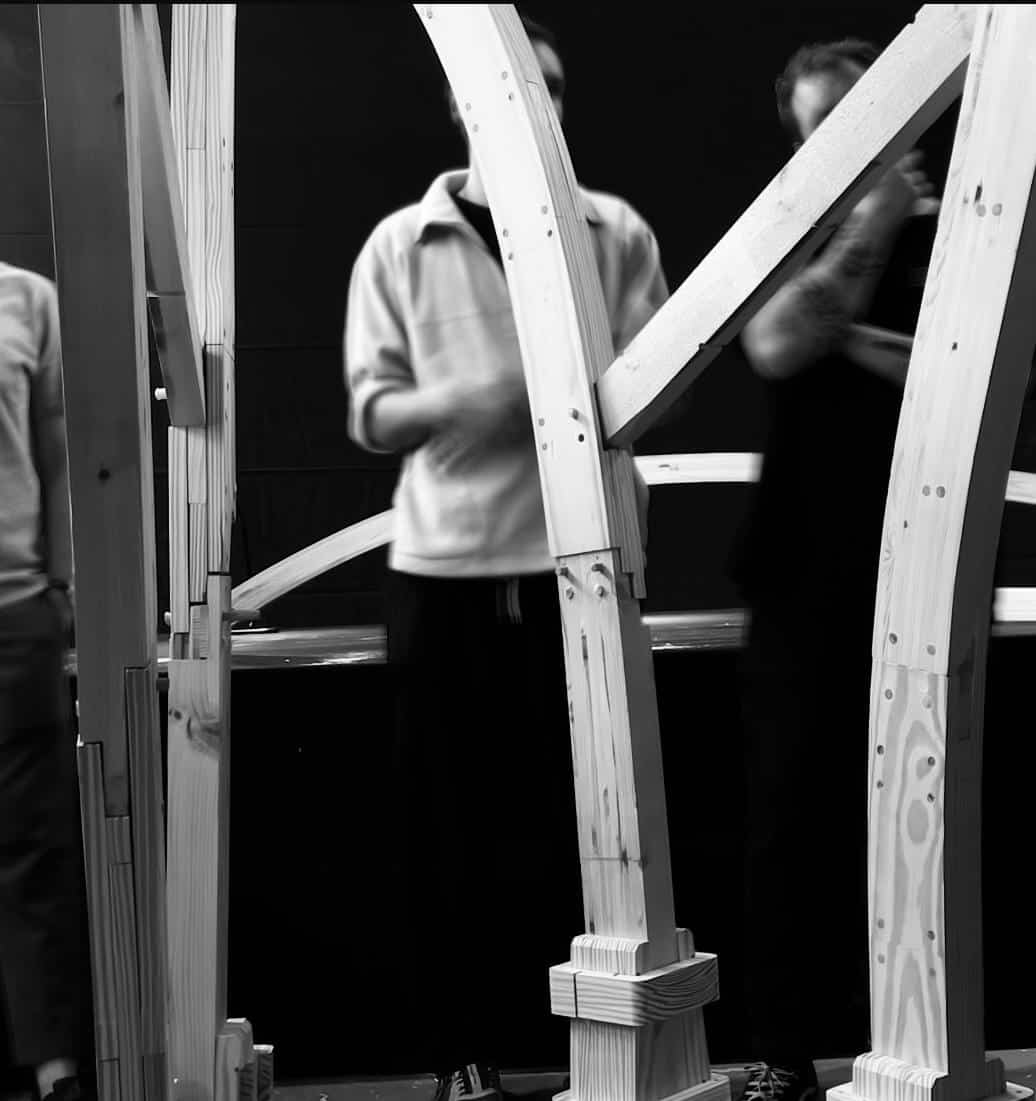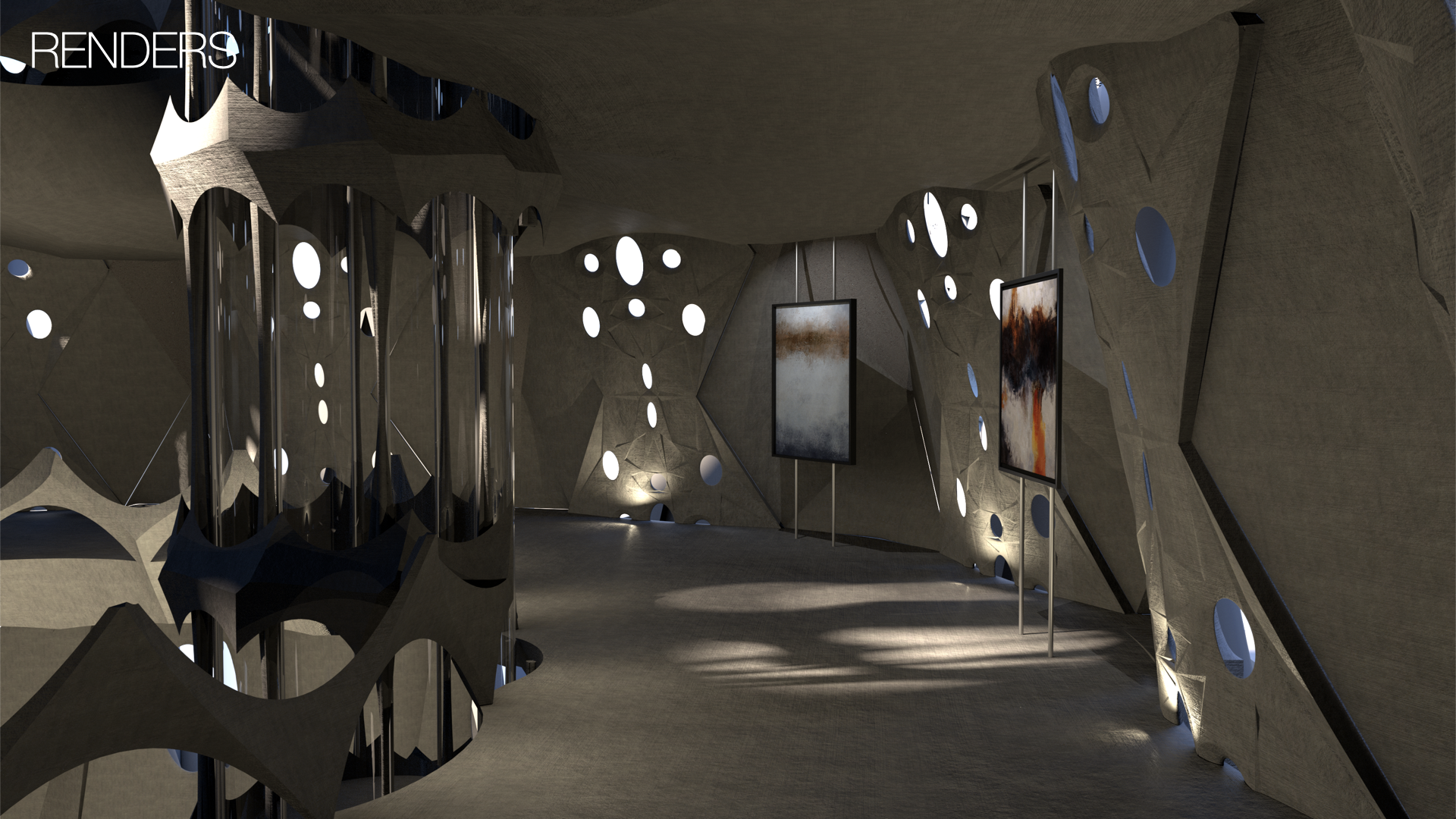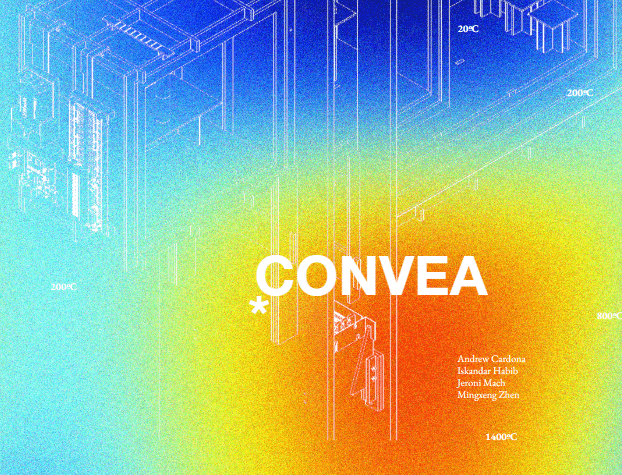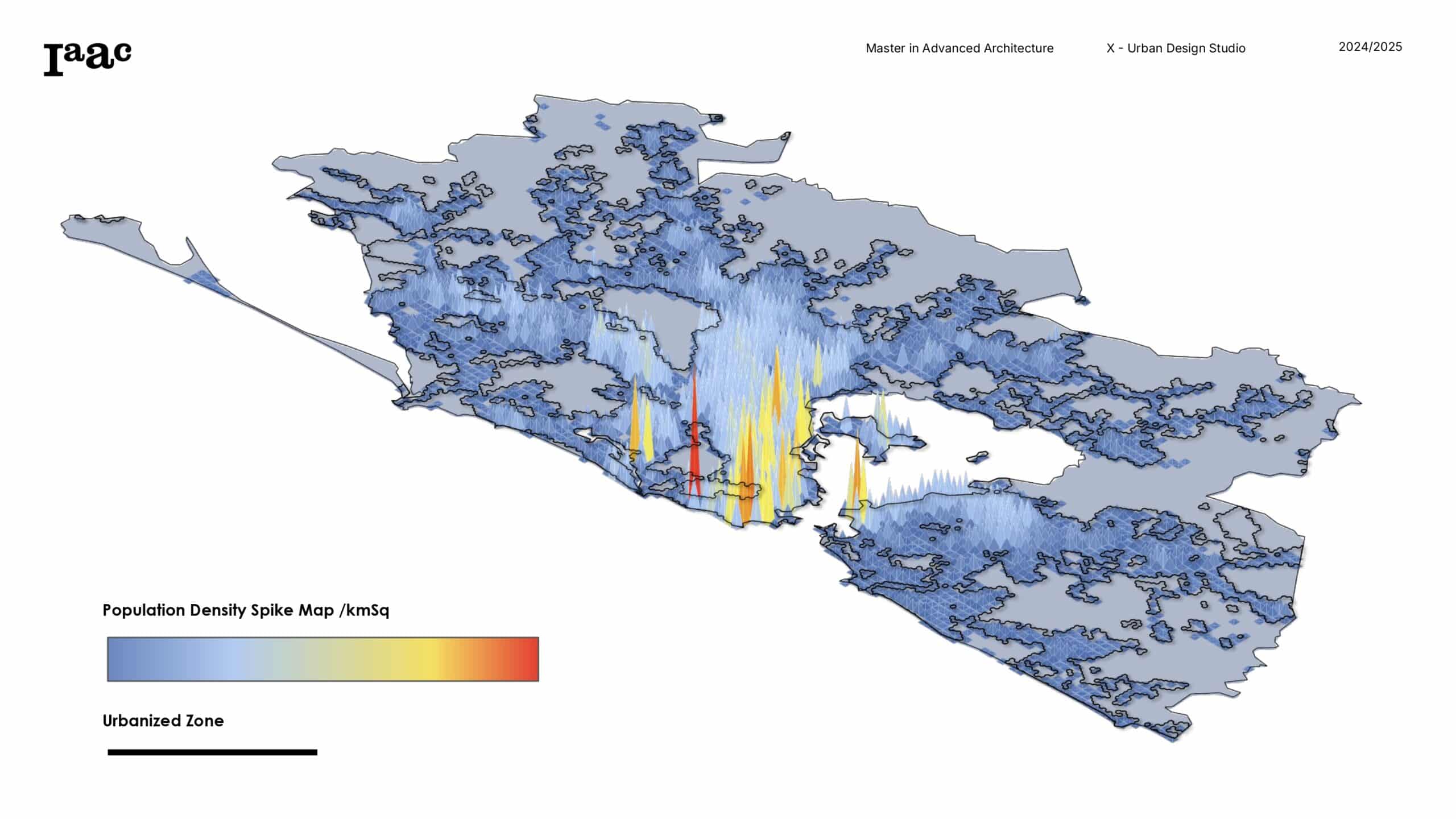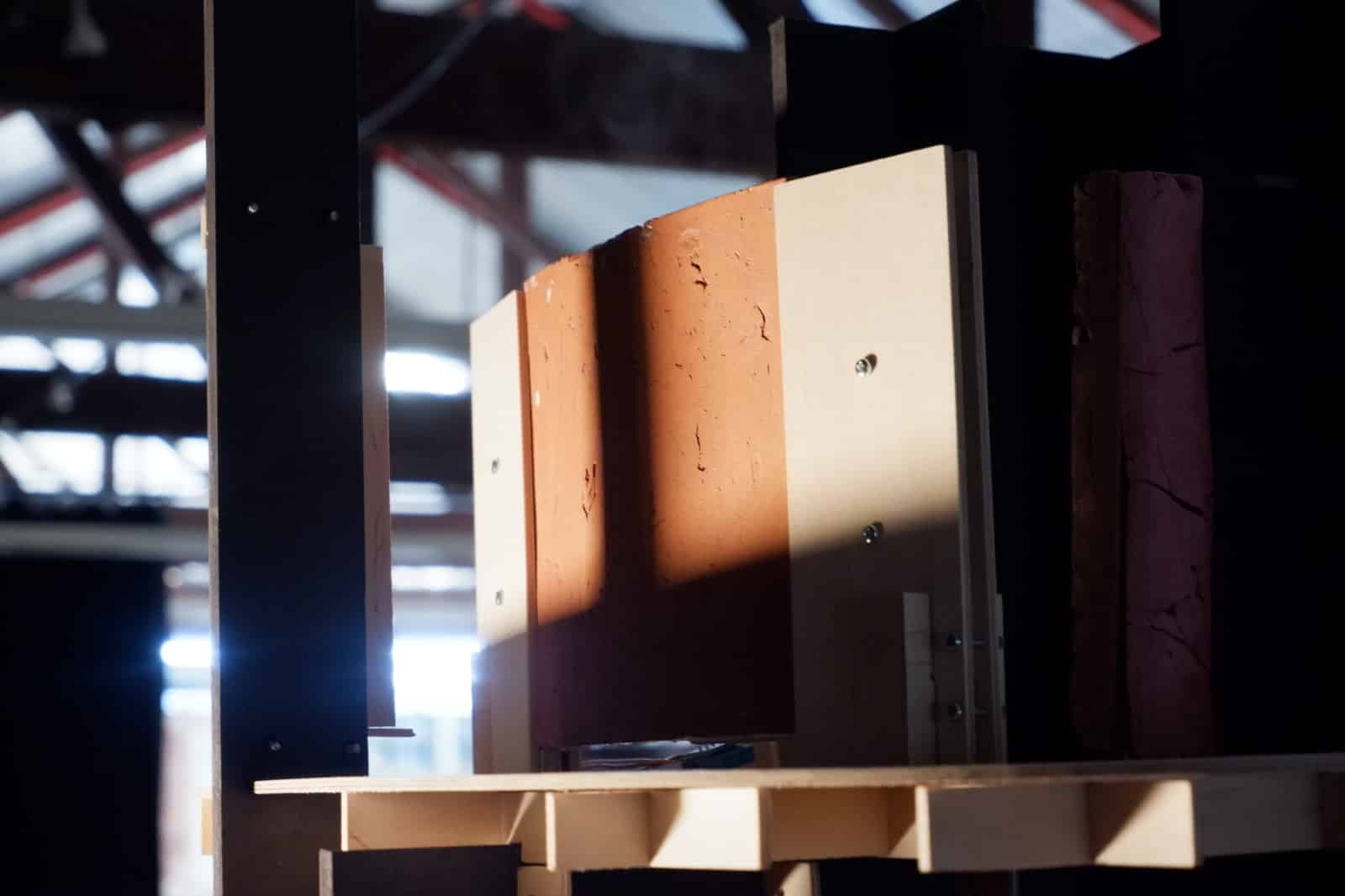KINXA | Frame Optimization with Karamba
Our goal for this Computational Design assignment was using Karamba along with Wallacei to optimize the mass and deformation of the timber frames of our construction system called KINXA. It is a modernized version of the vernacular technique used in Latin America called “Quincha” which consists of the use of a wood or cane frame, … Read more

